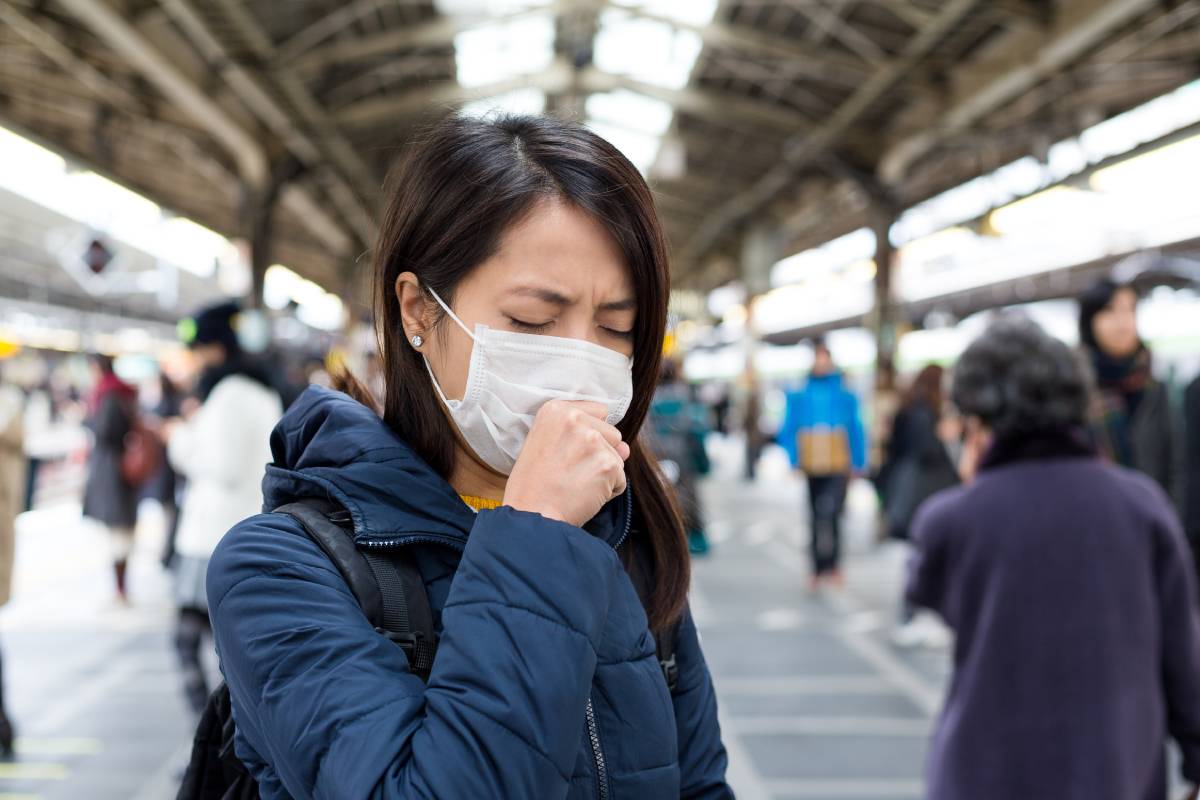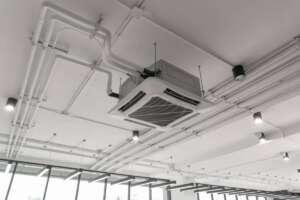In today’s rapidly industrializing world, air pollution has become a pressing global issue, and one of its most harmful forms is particulate matter, specifically PM2.5
These minuscule particles, measuring 2.5 micrometers or smaller, are so small that they can penetrate deep into the lungs and even enter the bloodstream, causing a range of health problems.
While natural sources like wildfires and dust storms contribute to PM2.5 levels, human activities especially the burning of fossil fuels are the primary culprits.
As air quality continues to decline in many urban and industrialized areas, understanding the main contributors to PM2.5 and learning how to protect ourselves from its harmful effects is more crucial than ever.
This article will explore the key sources of PM2.5, discuss whether the particles can be removed from the body, and offer practical steps to protect yourself from exposure.
What is the Main Contributor to PM 2.5?
Particulate matter (PM) refers to tiny solid particles and liquid droplets in the air, with PM2.5 being particles 2.5 micrometers or smaller.
Due to their small size, these particles can penetrate the lungs and bloodstream, causing significant health risks. PM2.5 sources include both natural factors like forest fires, dust storms, and volcanic eruptions, and human-made activities.
The largest contributor to PM2.5, particularly in urban areas, is the burning of fossil fuels, which occurs through vehicle emissions, industrial processes, construction activities, and residential heating.
Industrial Processes
Factories and power plants, particularly those that burn coal or oil, are another significant source of PM2.5. Industrial processes can release particulate matter from burning fuels, as well as from chemical reactions during manufacturing.
Cement production, steel manufacturing, and other heavy industries emit substantial quantities of fine particulate matter that can affect both workers and nearby communities.
Vehicle Emissions
Cars, trucks, and other forms of transportation are one of the primary sources of PM2.5 in urban areas. The combustion of gasoline and diesel fuels in engines releases fine particulate matter into the atmosphere.
These particles include carbon black, soot, and metals such as lead and zinc, all of which contribute to poor air quality.
Traffic congestion in densely populated areas exacerbates the problem, as idling vehicles emit higher levels of particulate matter.
Agricultural Activities
Agricultural burning, particularly in regions where rice and other crops are burned to clear land, releases large amounts of PM2.5.
In some countries, burning crop residues is a common practice because it helps prepare the land for the next planting season.
However, this practice contributes significantly to air pollution, particularly in countries like Thailand and India, where crop burning is prevalent.
Residential Heating and Cooking
In many parts of the world, particularly in developing nations, the burning of wood, coal, or biomass for cooking and heating also contributes to PM2.5 levels.
Traditional stoves, often used without proper ventilation, release high amounts of fine particulate matter into indoor and outdoor air.
This is a major health concern in rural areas where alternatives like cleaner cooking technologies are less accessible.
Construction and Demolition
Construction activities, particularly in rapidly developing cities, release significant amounts of dust and other particulate matter into the air.
This is especially true during demolition, excavation, and building projects that disturb large amounts of earth.
The dust generated during construction activities can remain suspended in the air for extended periods, contributing to long term exposure.
Wildfires and Forest Fires
Although human activities contribute the majority of PM2.5, natural events like wildfires and forest fires also play a major role in elevating levels of particulate matter.
These fires release large quantities of smoke, which contains fine particulate matter.
In regions prone to wildfires, such as the western United States and Australia, the air quality can deteriorate significantly during fire season, with particulate matter levels rising well above safe limits.
Can PM2.5 Be Removed from the Body?
Once PM2.5 particles enter the body, they can bypass natural defenses and travel deep into the lungs, potentially entering the bloodstream. The body has limited ability to remove these particles.
While the lungs can expel some particles through the mucociliary escalator, many PM2.5 particles bypass this process and deposit in deep lung tissues.
White blood cells attempt to remove the particles, but chronic exposure can overwhelm the immune system, leading to inflammation and respiratory issues.
Prolonged exposure increases the risk of serious health problems like cardiovascular diseases and cancer. The best defense is prevention through reducing exposure to PM2.5.
How Can You Protect Yourself from Particulate Matter?
While it may not be possible to completely avoid exposure to PM2.5, there are several strategies you can employ to protect yourself.
Such as using air purifiers, wearing masks, avoiding outdoor activities during high pollution periods, and incorporating plants that improve air quality and oxygen levels in your home to minimize the health risks associated with particulate matter.
Limit Outdoor Activity During High Pollution Days
One of the most effective ways to protect yourself from PM2.5 exposure is to limit outdoor activities during times of high pollution.
Check air quality reports regularly, especially during periods of heavy traffic, industrial emissions, or wildfire activity.
On days when air quality is poor, try to stay indoors as much as possible, particularly if you have pre existing respiratory conditions.
Wear a Mask
If you must go outside on days with high PM2.5 levels, wearing a mask can help reduce your exposure. N95 respirators are designed to filter out fine particulate matter and can provide some level of protection.
However, it’s important to note that not all masks are effective in blocking PM2.5, so make sure to use one that is specifically rated for fine particulate matter.
Create a Clean Indoor Environment
Keep your living spaces as clean as possible by regularly cleaning surfaces, washing bedding, and using air purifiers.
If you live in an area with high outdoor pollution, it’s also a good idea to keep windows and doors closed to prevent the entry of harmful particles.
Additionally, avoid using indoor air polluting products, such as smoking indoors or using chemical cleaners that release harmful particles.
Use Air Purifiers
In areas with high levels of PM2.5, consider investing in an air purifier with a HEPA filter.
These devices can effectively remove fine particulate matter from indoor air, providing cleaner air for you and your family.
Make sure to keep doors and windows closed on high pollution days to prevent outdoor air from entering.
Healthy Lifestyle Choices
Maintaining a healthy lifestyle can help your body better cope with air pollution. Eating a nutritious diet, exercising regularly, and staying hydrated can all help strengthen your immune system and reduce inflammation in your body.
Regular exercise also helps improve lung function, which can be beneficial when dealing with the effects of air pollution.
Advocacy and Policy Change
On a larger scale, advocating for policies that reduce air pollution and promote cleaner energy sources can have a significant impact on reducing PM2.5 exposure for everyone.
Supporting initiatives that promote renewable energy, cleaner transportation options, and industrial regulations can help improve air quality in the long run.
Conclusion
PM2.5 poses a major environmental and health risk, primarily from vehicle emissions, industrial processes, agriculture, and residential heating, with fossil fuel combustion as the largest contributor.
While the body can clear some PM2.5 particles, prolonged exposure can lead to serious health issues.
To reduce exposure, individuals can limit outdoor activities, use air purifiers, wear protective masks, and support air quality policies. These steps help reduce health risks and promote cleaner air for the future.








Leave a Comment